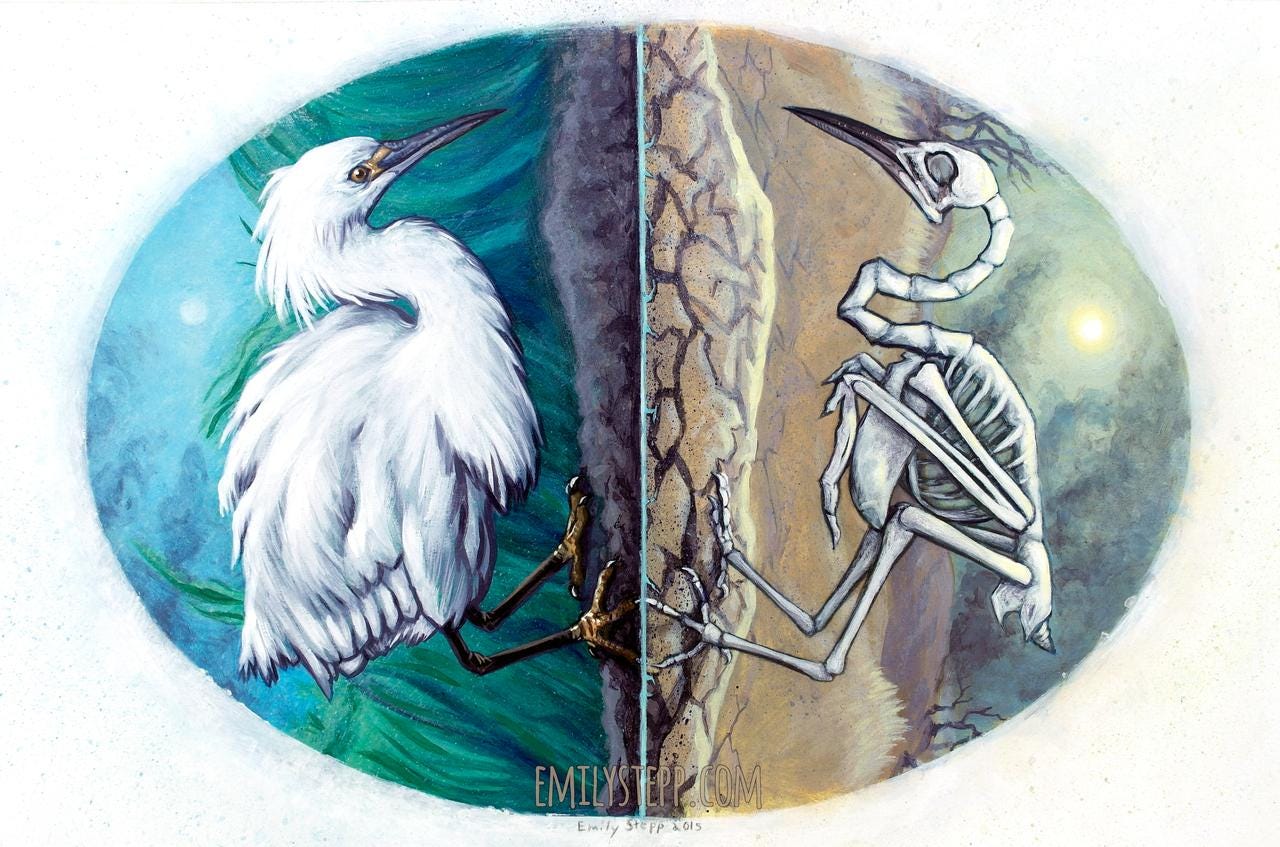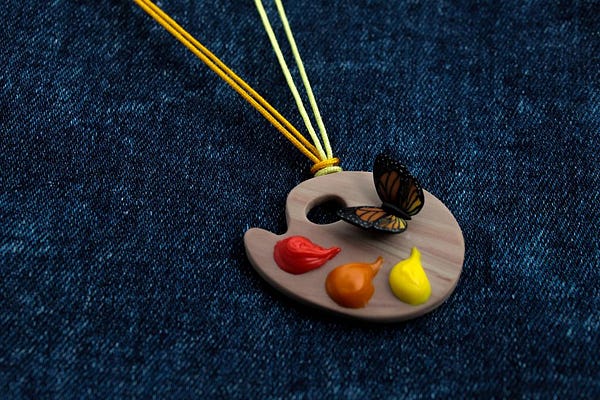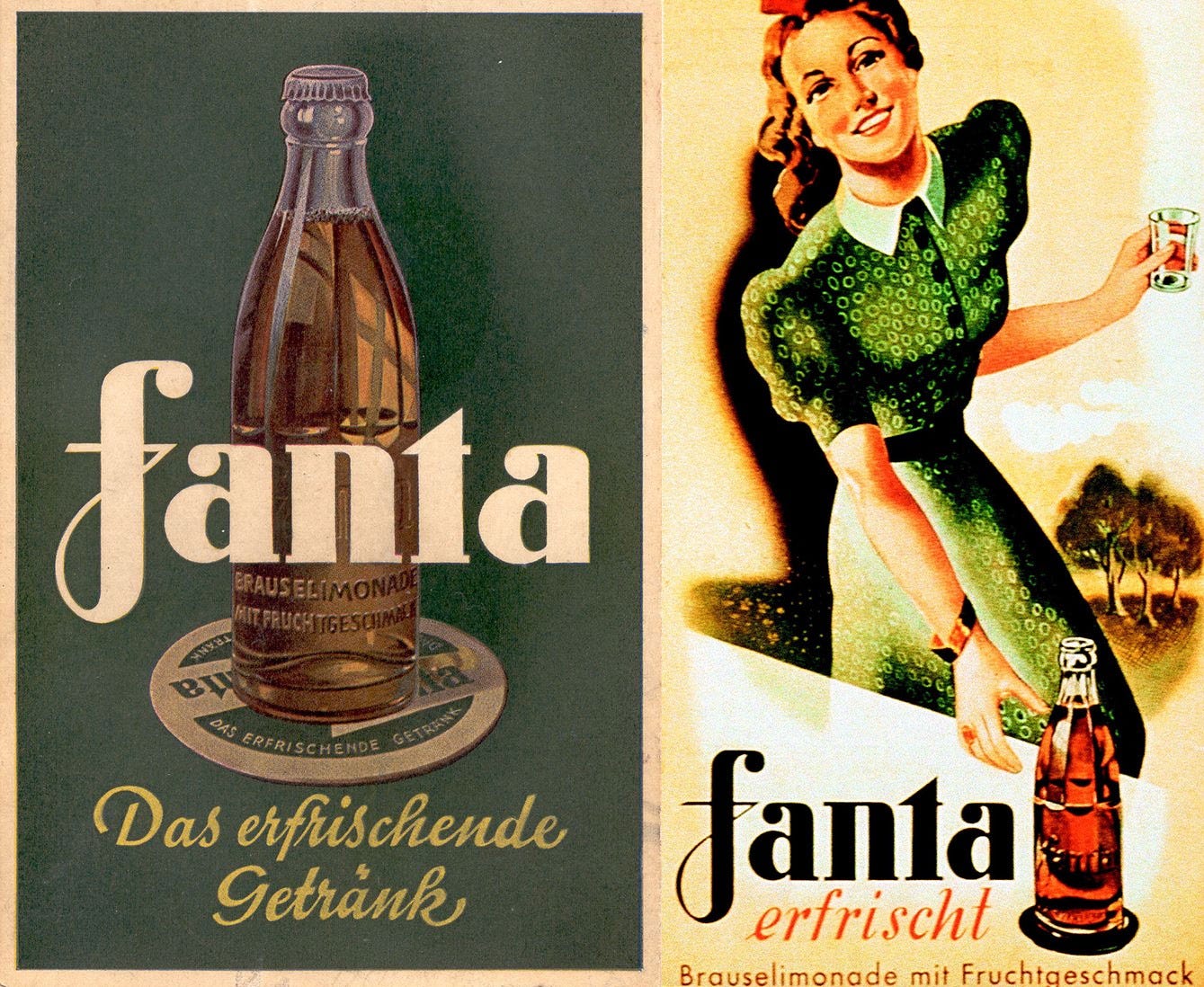
“I think frugality drives innovation, just like other constraints do. One of the only ways to get out of a tight box is to invent your way out.” — Jeff Bezos
This study in Infant Behaviour and Development suggests that toddlers with fewer toys play longer with toys and in a greater variety of ways. When provided with fewer toys in their environment, toddlers engage in longer periods of play with a single toy, allowing better focus to explore and play more creatively. An abundance of toys overwhelms children and they freeze and play with no toys at all. From personal experience as a father and an uncle, children appreciate toys more when they have less.
In another realm, studies show that reduced food intake helps both animals and humans to improve health in old age and can prolong life. Mice live longer and are healthier in their old age if they are given 40 percent less to eat after reaching adulthood than animals who are allowed to eat as much as they want. Scarcity of food encourages longevity in life.
Many corporate transformation efforts fail. An abundance of investment does not guarantee success. Having worked with corporate innovators, intrapraneurs and changemakers, when they have access to unlimited capital to “sort out transformation”, this can be detrimental to their success. The wide choice that a large pot of capital presents can paralyse the innovator; just like a child with too many toys.
Creation is born from a balance between expansive freedom and working with scarcity. Scarcity can prove helpful, constraints helps us to understand our limitations to know what ingredients we have to work with. Recessions inevitably mean enforced constraints and limitations. Recessions help us think outside the box.
Airbnb, Apple and Microsoft were all born out of economic downturns. Recessions are the innovators playground, they sort the wheat from the chaff. Even turkeys can fly in a hurricane.
Working with a Limited Palette: Constraints Thinking

When children go through “the terrible twos” and their behavior becomes challenging, it is a very important stage in their development. Developmental psychologists tell us this behaviour is about testing boundaries. When we assert boundaries for children, this helps them to thrive by teaching them responsibility, security, consequences, respect, and emotional regulation. If left unchecked, a child can feel insecure because they need to know the parameters within which they can operate. In essence, children need constraints to thrive.

Previous innovation show guest, Aliyah Marr told us of a term in painting called “working with a limited palette”; a deliberate choice to work with fewer colors than actually available. Within narrower parameters an artist can work more easily — less colours actually inspire more creative resolutions. Limitations can free creative imagination.
An artist or a child simply accepts whatever is in front of them, as tool, toy, or ingredient and proceeds from that point. Part of what is invigorating about the creative process is that it can start from humble materials and poor beginnings. An example I love comes from a commercial behemoth Coca Cola.
A Fanta-stic Story

On a previous innovation show I spoke to the author of “Truth: How the Many Sides to Every Story Shape Our Reality”, Hector MacDonald. One of the many nuggets Hector shared was the history of Coca Cola’s soda Fanta.
Unbeknownst to many of us Fanta was invented in 1940 Nazi Germany. Prior to the World War 2, Germany was Coca-Cola’s most successful market beyond the USA. However, when war broke out sourcing key ingredients for Coca-Cola became increasingly difficult. In a great example of scarcity driving frugal innovation, to keep the the company alive in occupied territories, the local Coca-Cola team created a new drink from the limited ingredients they had available. The leader of Coca Cola in Germany, Max Keith told his people to let their fantasie (German for imagination) run wild in coming up with a name. A senior team member came back with, “Fanta” (the root of the word Fantasie itself).
With limited ingredients available, the team used industrial byproducts like whey from cheese-making, and apple fibre amongst limited others to create the hit drink. Fanta was even used to sweeten soups and stews as a substitute for sugar (which was rationed at the time).
Fanta is a great example of frugal innovation. In an environment of scarcity, people can become wildly creative, often out of necessity. We saw this with Estonia after its independence. With no telecommunications or government infrastructure in place, it built systems with very few resources that were wildly creative and effective. Recessions can create tremendous opportunities for market disruption.
Thanks for reading
This week we released the fantastic documentary on Visa founder and CEO Emeritus Dee Hock. Parts 1–3 are now live. We also released Carl Honorés episode “In Praise of Slow” Both are available at the usual links below:
Soundcloud https://lnkd.in/gBbTTuF
Spotify http://spoti.fi/2rXnAF4
iTunes https://apple.co/2gFvFbO
Tunein http://bit.ly/2rRwDad
iHeart http://bit.ly/2E4fhfl